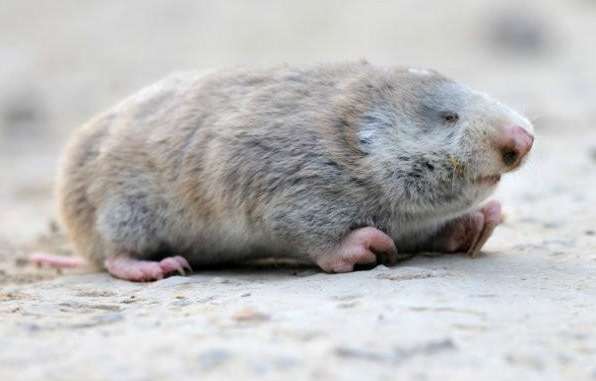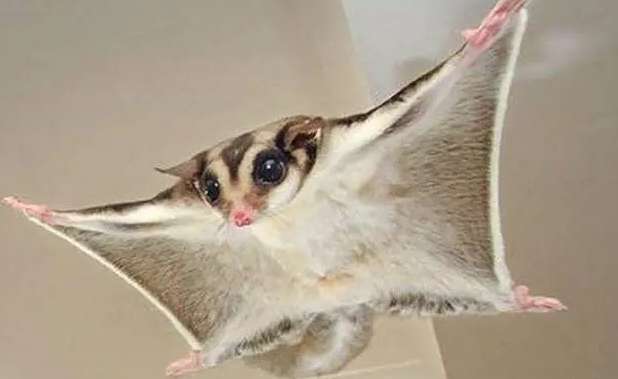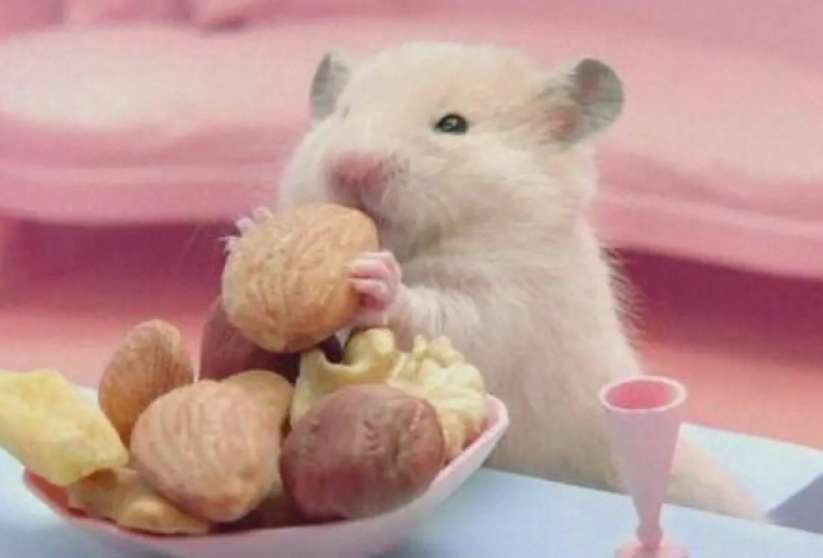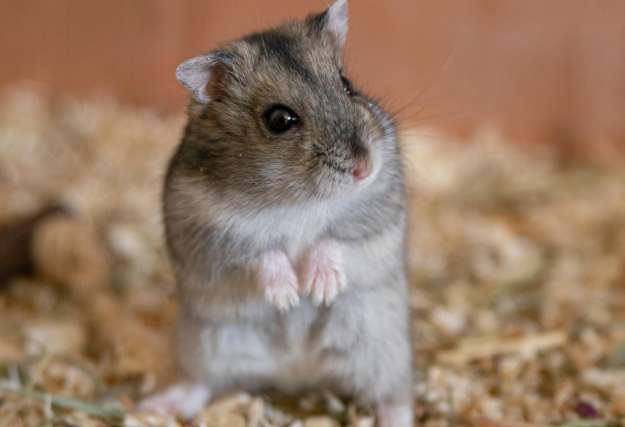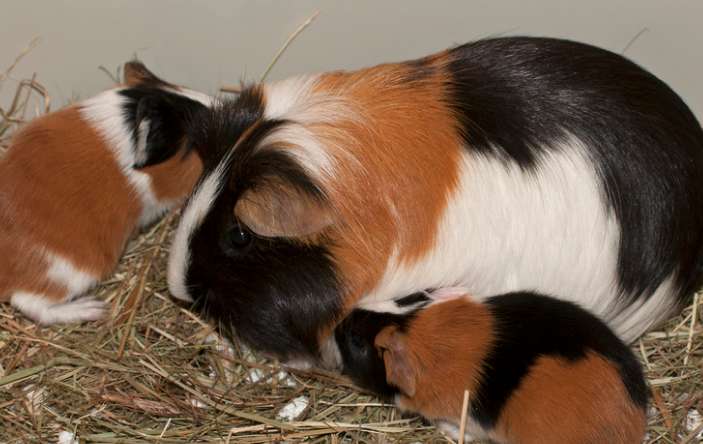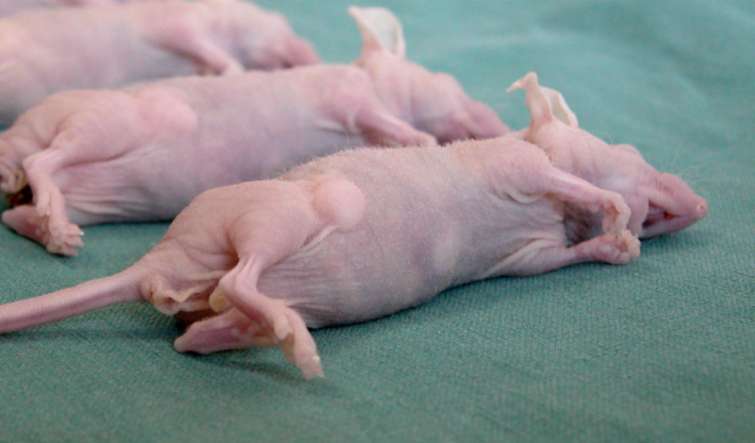With the continuous prosperity of the pet market, many previously inconspicuous mice have become pets raised by everyone. However, this kind of mice is still a minority after all. Many mice are still classified as enemies of human beings. They can steal food, destroy human property and spread diseases. The Apoderma agrarianus that I will introduce today belongs to this category. mouse.
The Apis agratus, also known as the Apis agratus, the Apis agratus, and the Long-tailed Apis rat, is a small rodent that likes to steal seeds when people are sowing seeds. It eats the nutritional organs and fruits of crops during the maturity period, which can be said to be the ultimate harm to crops. Not only that, it is also an important host for epidemic hemorrhagic fever and leptospirosis, spreading as many as 17 kinds of diseases, which is extremely harmful. Therefore, the editor is here today to take you to get to know the black-lined squirrel. If you encounter it in the future, you must try to stay away from it.
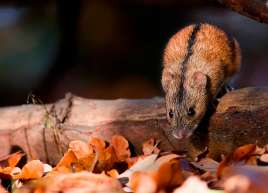
1. Morphological Characteristics< /strong>
1. Body shape
As a small rodent, Apoderma agrarianus has a body length of only about 65~117 mm and looks slender overall. It is also dexterous and weighs about 100 grams.
2. Tail
The tail of Apoderma agrarianus is 50 to 107 mm long, almost as long as the body, and the tail scales on it are very clear.
3. Ears
The ear shells are short and cannot reach the eyes when folded forward.
4. Coat color
The back of the body is light gray-brown, with an obvious black stripe running vertically in the center of the back, starting from the top of the head between the ears and ending at At the base of the tail, which is where the black line gets its name, the black line is sometimes incomplete, short or unclear. The backs of the ears have short brown hairs, which are the same color as the back of the body. The base of the fur on the ventral surface is light gray, the tips of the fur are white, and there is a clear boundary between the color of the fur on the dorsal and ventral surfaces.
5. Skull
The snout of the squid is relatively long and narrow, and the front end is tapered. The front end of the nasal bone exceeds the front edge of the incisors, and the rear end exceeds or is close to the rear edge of the premaxilla. The junction between the frontal bone and the parietal bone is mostly backward, in a "herringbone" shape. The interparietal bone is larger, and its front and outer angles obviously protrude forward into the parietal bone. The entire interparietal bone is slightly rectangular.
6. Teeth
The second upper molar of Apodemus agratus is larger, with three complete transverse ridges and three cusps, of which the central cusp is more developed. The tip of the lingual edge of the first transverse ridge is slightly moved backwards, and in a few individuals, very small remnants of the fourth additional transverse ridge can be seen on the labial edge. The third upper molar is quite degraded, with only two obvious protrusions visible on the lingual edge.
2. Living habits
1. Activity habits
Because in terms of diet, black lines Aphid rats prefer seeds, plant rhizomes and young seedlings. Therefore, after sowing in farmland in spring and during the budding period of crops, the fields are the main activity areas of Apoderma striata. As the crops continue to grow, they will gradually move to the grassland and grassland around the farmland. It migrates to fields, embankments and other places. When people harvest crops, it will move back to the cut crop fields and steal food.
2. Residential nests
The Apis agratus is very cautious in constructing nests. Its caves generally have 3 to 4 entrances and are equipped with dark windows. The diameter of the cave is only about 2 to 2.5cm, and the total length of the tunnel does not exceed 2m. In terms of internal design, when the tunnel descends 40 to 60cm underground, it will turn parallel to the ground or slightly downward, and an enlarged nest or warehouse will be dug at one end or in the middle of the tunnel, which contains Soft bedding to store grain and grass seeds.
Okay, the above is the introduction to the black-lined squirrel. I believe everyone already has a certain understanding of it. Finally, I hope you will never encounter it in the future.
